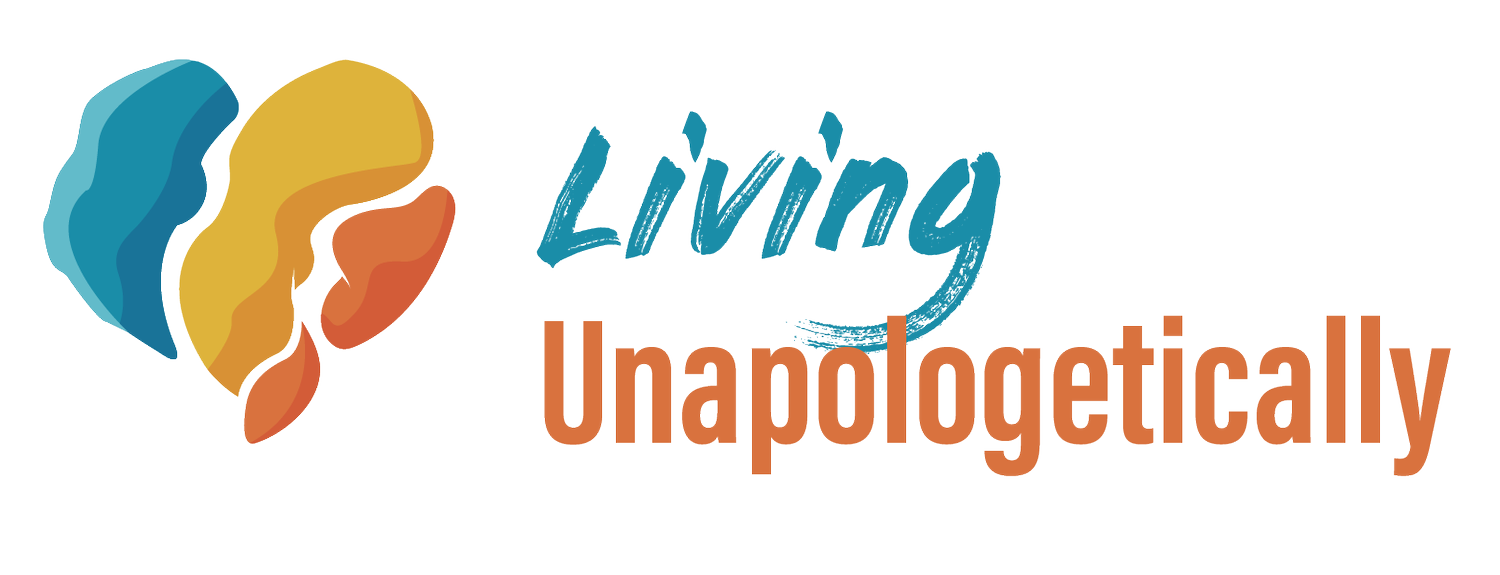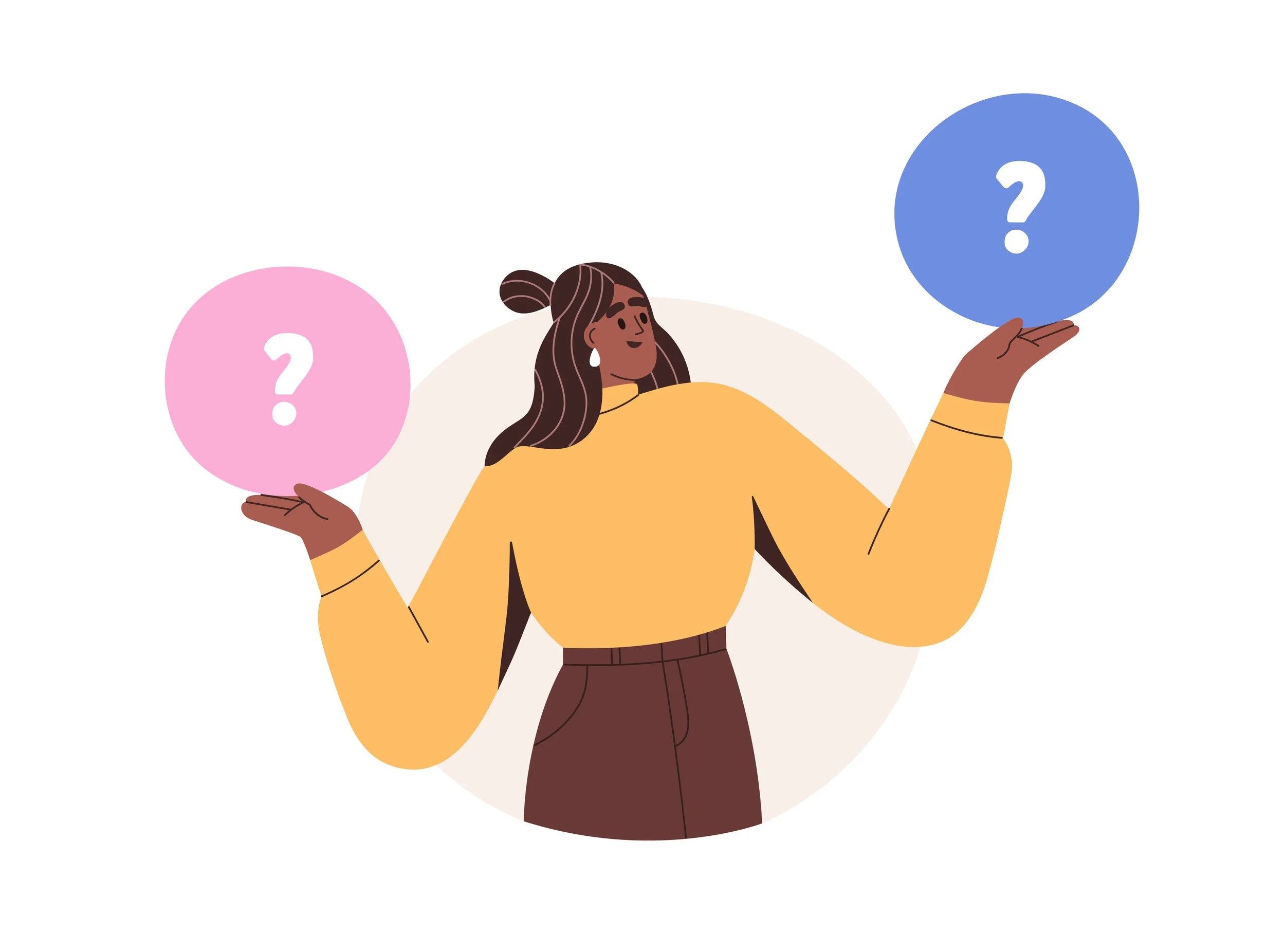Say That Again?: Understanding and Examining Shared Language [2024]
The smell of an empty gymnasium and the thump of a basketball on hardwood always brings me back. I played basketball competitively throughout high school and college, and even though it’s been, ahem, an undisclosed number of years since those days, I can still remember the energy of a game and the equally important hours of practice with my team. We’d run the typical drills to warm up and then practice running specific plays: press break, overload, running a 1-3-1… let me stop because the list will be endless.
The names of the plays were sometimes arbitrary; there was no real meaning attached to them. But what it did give us, as a team, was a shared language as we worked toward our goal of a winning season. When we heard a particular play called out, we knew which teammate needed to do what and when. It kept us focused and united.
THE IMPORTANCE OF SHARED LANGUAGE
If you can believe it, the exact same concept applies to DEI work. When we have shared language around key concepts, we know what our colleagues are trying to communicate and what’s expected of us in the larger system. Shared language makes it less likely individuals will act alone and, instead, focuses a group of people on achieving something together — in this case building cultural safety in the workplace.
I was inspired to think about where cultural safety fit in the conversation of DEI after reading Allan Barsky’s article: “Ethics Alive! Cultural Competence, Awareness, Sensitivity, Humility, and Responsiveness: What's the Difference?” in The New Social Worker a few years ago. Barsky explains the difference between Cultural Competence, Awareness, Sensitivity, Humility, and Responsiveness — terms that are important to unpacking our biases and identifying the behaviors our teams and organizations should adopt to increase diversity, equity, and inclusion.
While the article started an important discussion about shared language, I’d argue that it could use a little updating, namely by adding Cultural Safety to the list and adding nuance to how we define Cultural Responsiveness. And for what it’s worth, the concept of “DEI” is another term that has lost meaning for many people who care about organizational health. I’d like to be clear about Living Unapologetically’s view on that actually.
What we mean when we say DEI
It is our umbrella term that we clearly defined for ourselves so we know what it means for us. We believe that if DEI was done well, it would encapsulate the many manifestations it has taken on. For example, adding “A” at the end for “Accessibility,” putting “J” at the beginning for “Justice,” or mixing up the order of the words to indicate the first word as the most valuable. These terms are extremely important. So are others not mentioned in the examples.
Our belief is that DEI must include all of these practices and all parts of our diverse identities. Living Unapologetically does not separate them out because in doing so, we are choosing one or few parts of a whole, leaving others behind. Our approach relies heavily on knowing concepts of anti-racism, white supremacy culture, cultural responsiveness and safety, collectivism, and healing. We also understand and value the language that feels right for our partners. While we refer to Living Unapologetically’s approach as “DEI” efforts, we believe it’s important to communicate our alignment with and expertise in practices that extend beyond traditional DEI work.
UNDERSTANDING CULTURAL SAFETY
The concept of Cultural Safety came to prominence in the 1980s in relation to the oppression that Aboriginal people experienced in New Zealand and Australia’s health care systems. Inspired by this article, I came to understand that building trust and safety and undoing the historical trauma of oppression was paramount before any work or treatment could begin. I see parallels in the modern workplace; oppression within systems must be dismantled to support employees of color and benefit the organization as a whole.
Cultural Safety acknowledges that an inherent power imbalance — between supervisor and employee for example — can set up barriers to making progress and achieving goals. In the workplace, leaders can prevent this and build Cultural Safety by:
Actively engaging in practices that address power, privilege, and oppression
Taking responsibility for creating safe spaces for people to be their full selves
Recognizing that history, society, and systems impact how employees experience the leader
Questioning the personally held biases, attitudes, assumptions, stereotypes, and prejudices that reduce the quality of supervision
Allowing the employee to determine what they consider safe.
Cultural Safety adds to the existing conversation by pushing the leader to not only be aware of power imbalances and systems of oppression but to take responsibility for undoing systems of oppression and letting the employee define what they need to be their full selves. It is best described as an outcome as a result of practices and behaviors that support this type of work environment.
A NEW LOOK AT CULTURAL RESPONSIVENESS
The focus that Cultural Safety places on actively countering power imbalances gave me a chance to rethink some other concepts, too, namely Cultural Responsiveness.
To start, Barsky defines Cultural Responsiveness as being aware of cultural factors and responding to them in an appropriate manner. In practice this looks like serving food that aligns with a person’s religiously prescribed diet or providing materials in their language instead or in addition to in English. These acts communicate respect, build on the strengths of the culture, and view clients in the context of their environments, including culture.
Building on that, the concept of Cultural Responsiveness is now understood to incorporate a lifelong commitment to self-evaluation to undo the power imbalances in the workplace. The process looking within must then be translated into behavior changes that shift those dynamics in interactions with others. Some questions to ask here are:
What role do my cultures/identities play when I engage with leaders, colleagues, staff, and clients?
In what ways do I embody power, privilege, and oppression and how do they impact the relationships I want to build?
How am I holding myself responsible for creating safety in my interactions with others?
What shifts do I need to make to my behaviors to be more responsive to the needs of other people?
This view of Cultural Responsiveness is supported by my experience working in the child welfare system where I witnessed patterns or hierarchy and paternalism between social workers and families. These same dynamics exist in workplaces across industries — just as the historically oppressive doctor-patient relationships in New Zealand and Australia played out. Instead, this updated approach to Cultural Responsiveness asks us to actively reject power imbalances and recall the cultural context around our employees of color to build relationships that are flat and mutually beneficial.
Taking this extra step and, most importantly, committing to doing it long-term is a simple but powerful move to put both name and action to reimagining the dynamics of power, privilege, and oppression.
If thinking about these concepts excites you and brings to mind opportunities for your organizations, get in touch!
Charmaine is a Relational DEI expert who sits at the intersection of thinking, feeling, and doing. She is an author, facilitator, skill builder, safe-space holder, family member, partner, and friend. And in all of those, her DEI lens is in constant use. Charmaine uses a social justice lens to help clients explore their individual and organizational needs amidst the backdrop of power, privilege, and oppression. You can access her book (Bias-Conscious Leadership), guided meditations, free tips sheets & guides, and blog posts on her website, www.livingunapologetically.com.





